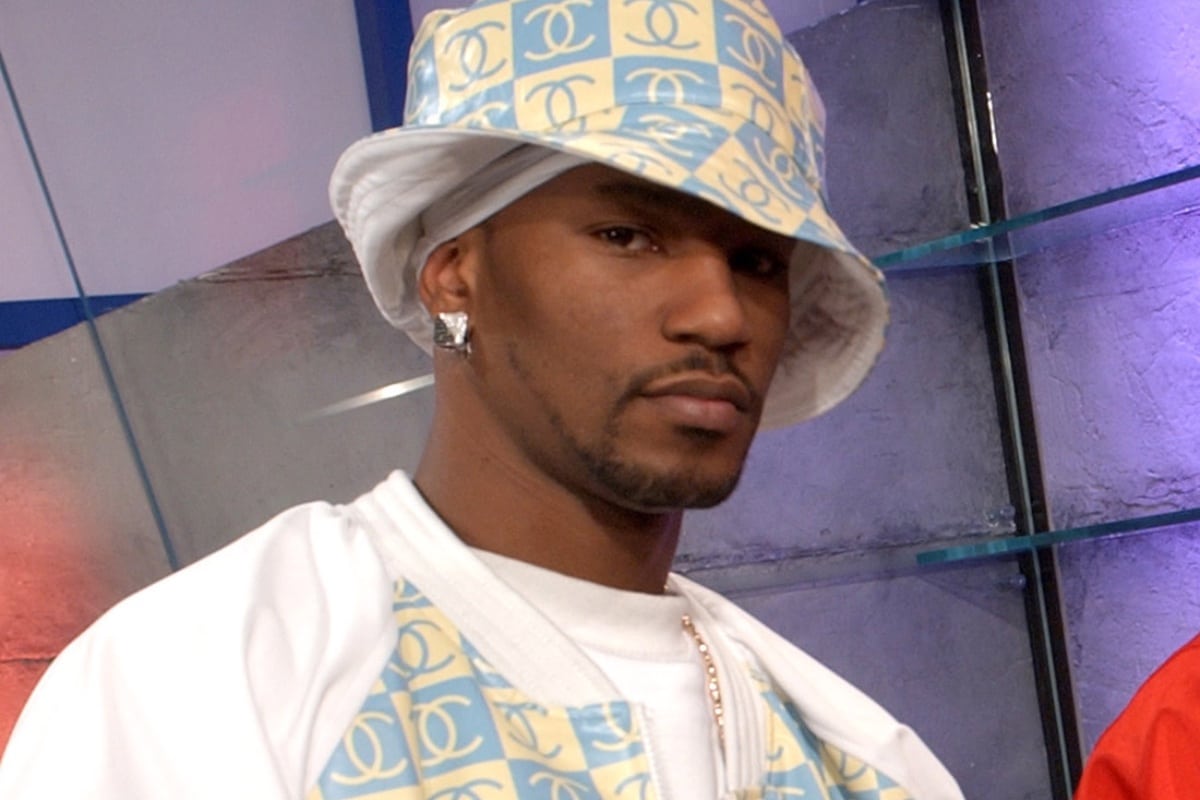Cam’ron, Harlem’s very own lyrical maestro, has cemented his legacy as one of hip-hop’s most iconic figures. From the raw streets of Uptown Manhattan, he painted a picture of the city’s hustle, blending unapologetic bravado with street tales of ambition and loyalty, with a dash of comedic relief.
Integral to his identity and sound was Dipset. Under this banner, he alongside Jim Jones, Juelz Santana, and Freekey Zekey, ushered in a new era of East Coast hip-hop, characterized by its intoxicating blend of swagger, lyricism, and trendsetting fashion. Tracks replete with hard-hitting bars, anthemic hooks and unforgettable Heatmakerz production became synonymous with the Diplomats, reverberating from every corner of Harlem to the world beyond.
So let’s get into it. From his promising debut album, Confessions of Fire, to his 2004 magnum opus, Purple Haze, we rank every Cam’ron album, from worst to best.
Crime Pays
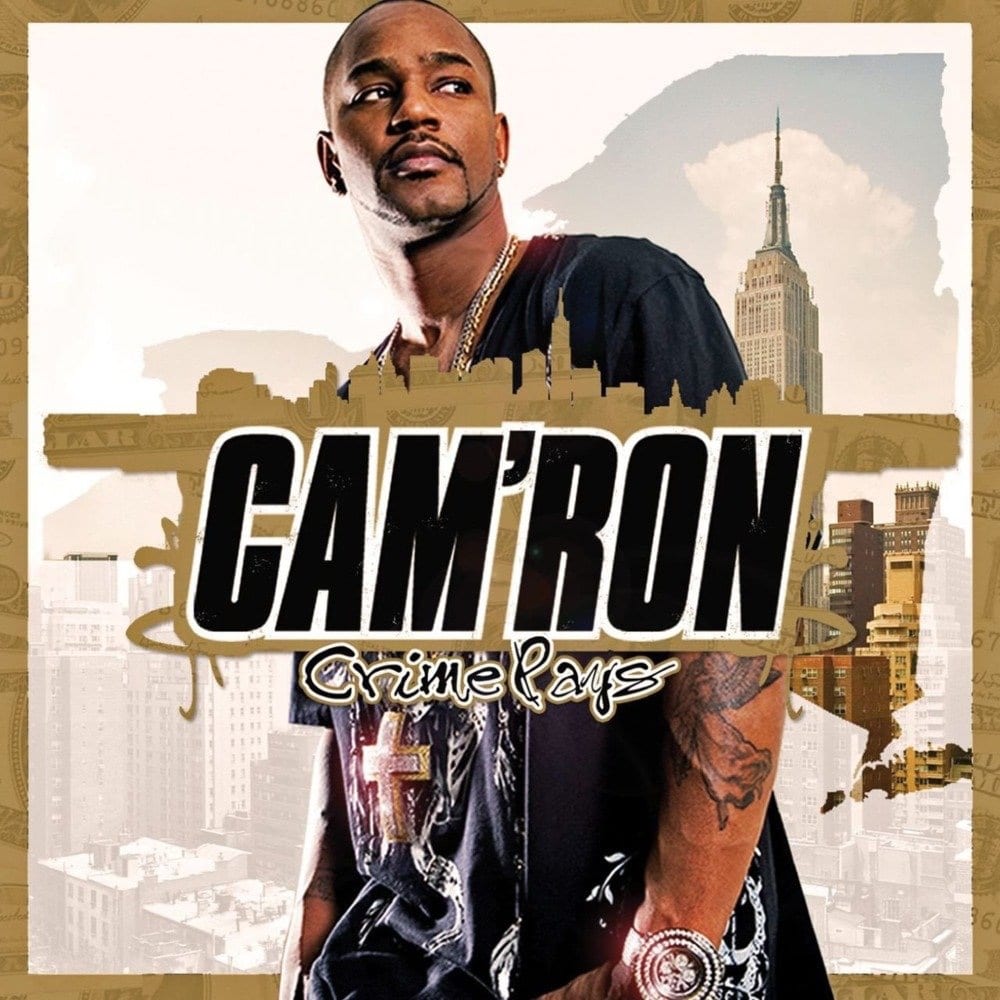
Released: May 12, 2009
Label: Diplomat, Asylum
Singles: “My Job”, “Get It in Ohio”, “Cookies-n-Apple Juice” • Features: Lady Lodi, C.O., Sky-Lyn, 40 Cal., Byrd Lady, Skitzo
Cam’ron’s sixth studio album, Crime Pays, dropped in 2009 during a period of transition in hip-hop. The game was veering away from the glamorous bling-era and was increasingly embracing a more diverse and digital landscape. Within this context, this album felt like a nod to the Harlem rapper’s earlier work but with a sense of evolution. Laced with gritty tales of street life and buoyed by Killa Cam’s inimitable flow, the album had its moments of brilliance, notably on tracks like “Cookies-n-Apple Juice” and “My Job.” However, when stacked against the Dipset rapper’s iconic discography, it might not be the shiniest jewel. While Crime Pays showcased more Cam’s legendary lyrical dexterity and his ability to blend humor and bars seamlessly, it lacked the consistency that marked his earlier projects.
Killa Season
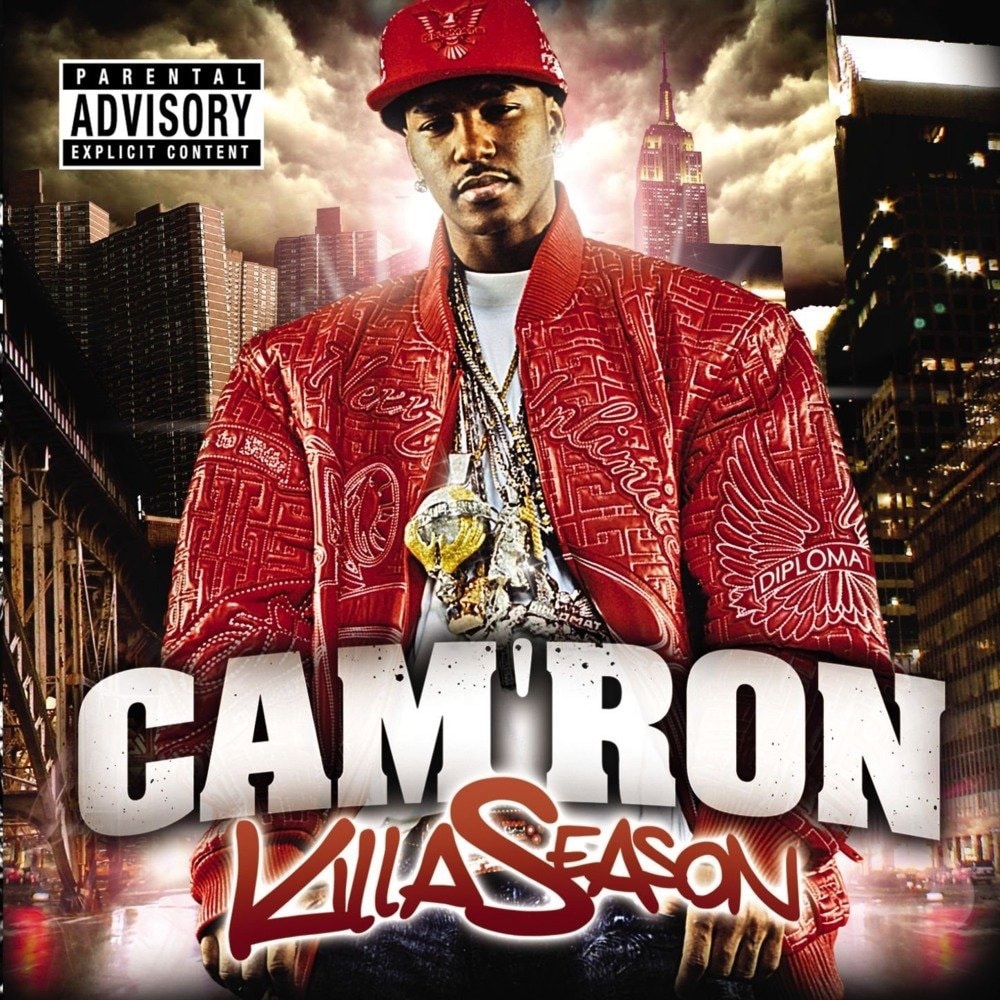
Released: May 16, 2006
Label: Diplomat, Asylum
Singles: “Do Ya Thing”, “Touch It or Not”, “Love My Life” • Features: 40 Cal., Hell Rell, Mo Money, Juelz Santana, Lil Wayne, Max B, Nicole Wray, J. R. Writer, Jim Jones
2006’s Killa Season arrived amidst a whirlwind of controversies and beefs, which the Dipset general used as a backdrop for one of his most aggressive projects to date. The album had Cam’ron in his element, dispensing audacious bars, all while addressing his various feuds and continuing his tales from the streets of Harlem. The swagger was unmistakable, from tracks like “Touch It or Not” to “Wet Wipes,” where Killa Cam’s disdain for his detractors was on full display. Yet, as unapologetically raw as Killa Season was, it was also emblematic of Cam’s occasional tendency to lean too heavily on his established formula. While the album had its moments of brilliance, it also suffered from a bloated tracklist and an over-reliance on familiar tropes. The Dipset anthem feel was ever-present, but the innovative spark that marked his best projects was sporadically felt.
Purple Haze 2

Released: December 20, 2019
Label: Killa Entertainment
Singles: “Believe in Flee” • Features: Wale, Max B, Mimi, Disco Black, Jim Jones, Shoota93
Released in 2019, Purple Haze 2 had the weight of expectation bearing down on it. Coming 15 years after its predecessor, which is often heralded as a magnum opus in Cam’ron’s discography, the album had some sizeable shoes to fill. And in many ways, Killa Cam rose to the occasion. Purple Haze 2 is a seasoned Cam’ron, reflecting on his storied career, personal losses, and the ever-changing landscape of hip-hop. Tracks like “Medellin” and “Big Deal” have Cam’ron weaving intricate stories and dropping gems of wisdom, showcasing a maturity that comes from years in the game. His ability to offer introspection while retaining his signature Harlem bravado makes for a compelling listen. However, as is the case with many sequels, it doesn’t quite eclipse the shadow of the original. There’s nostalgia in Purple Haze 2, both in its sound and its intent, but it occasionally falls into the trap of retreading old ground. Despite this, the album stands as a testament to Cam’ron’s longevity and adaptability. It serves both as a trip down memory lane for long-time fans and a reminder that even two decades deep, Cam can still hold his own.
Confessions of Fire
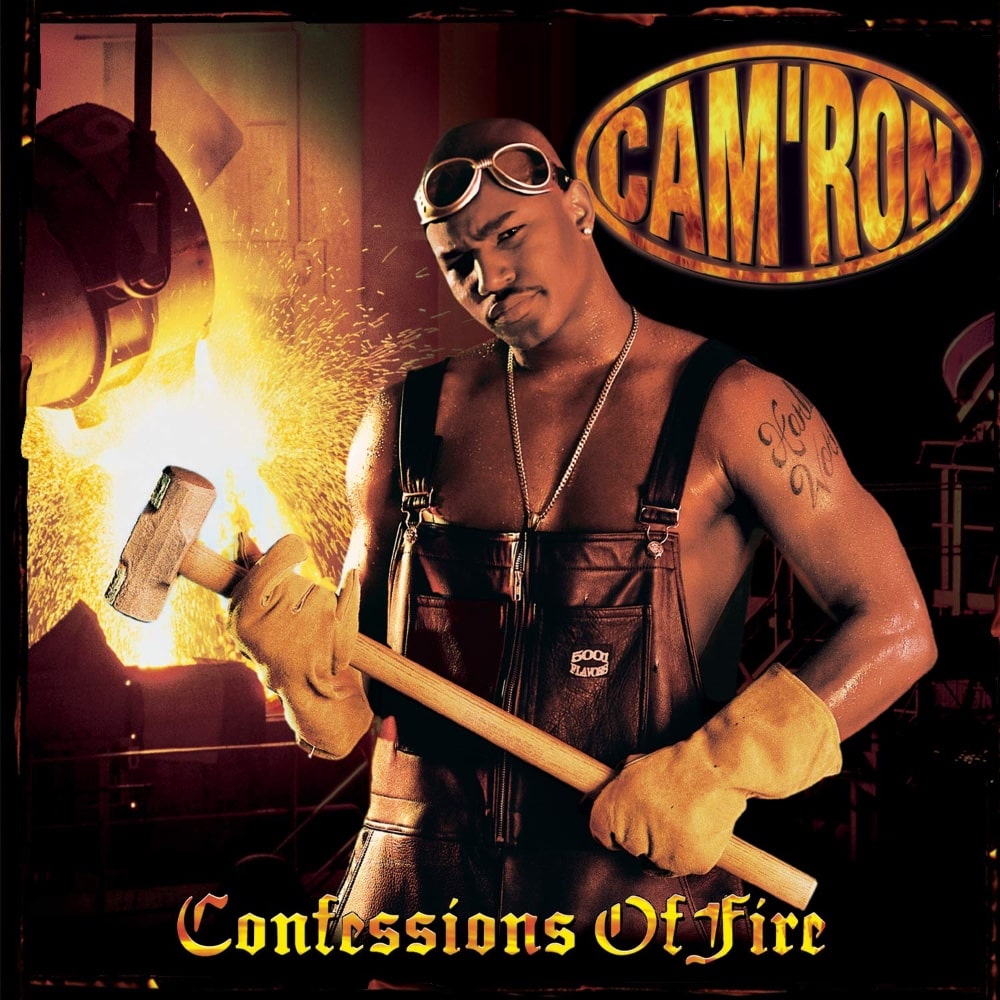
Released: July 21, 1998
Label: Epic
Singles: “Horse & Carriage”, “357”, “Feels Good” • Features: Noreaga, Tichina Arnold, Mase, Kenny Greene, Jimmy Jones, Fredericka, Kelly Price, Brotha, Usher, Jermaine Dupri, Jacob York, Charli Baltimore
Taking it back to 1998, Cam’ron debuted with Confessions of Fire, and oh, what an introduction it was. The Harlem lyricist kicked off his career painting a vivid canvas of his hometown’s streets, showcasing a distinctive blend of cockiness and vulnerability. The ambitious debut was a rollercoaster, veering from the rugged street anthems like “357” to more introspective, storytelling cuts such as “D Rugs.” His versatility shone through on tracks like “Horse & Carriage,” hinting at the commercial potential he possessed, while collaborations with artists like Usher and Jermaine Dupri showcased his willingness to dabble outside the conventional hip-hop sphere. However, as impressive as this debut was, it had its flaws. At times, the album felt like it was grappling to find a definitive voice, caught between the grit of Harlem’s streets and the allure of mainstream success. While Confessions of Fire set the stage for Cam’s iconic career and established him as one of the hottest up-and-coming rappers, it doesn’t quite measure up to the brilliance and cohesiveness of his subsequent projects.
S.D.E.
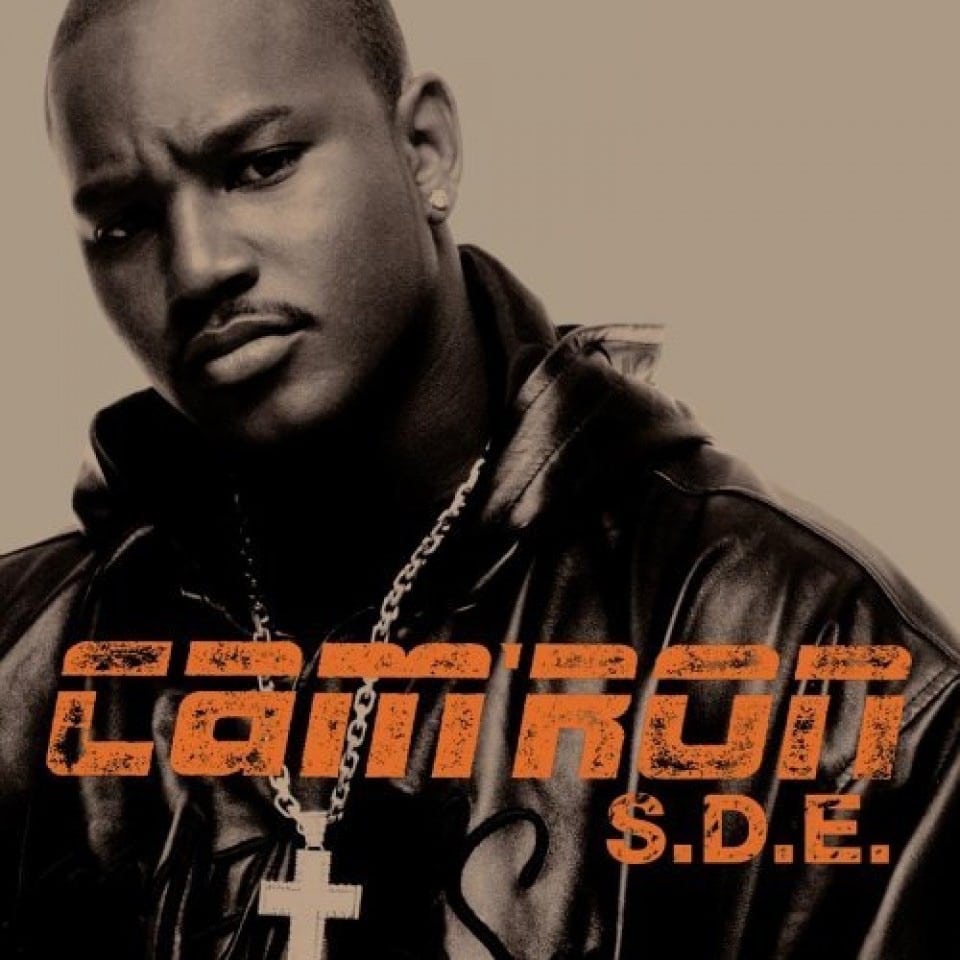
Released: September 19, 2000
Label: Epic
Singles: “What Means The World To You”, “Let Me Know”, “My Hood” • Features: Destiny’s Child, Noreaga, Dutch & Spade, Ol’ Dirty Bastard, Prodigy, Freekey Zekey, Juelz Santana, Jimmy Jones.
S.D.E. (Sports, Drugs & Entertainment) dropped in 2000, positioning itself at a pivotal juncture in Cam’ron’s ascent to rap royalty. Still in the embryonic stages of his career and having just transitioned from his previous label to Epic Records, the stakes were high for the Harlem rapper. From the outset, it was evident that S.D.E. was determined to dig deeper into the raw essence of street life, more than any of Cam’ron’s previous works. Tracks like “What Means the World to You” and “Let Me Know” demonstrate a lyrical finesse, peppered with the gritty realities of Harlem, matched by the dexterity of his flows. It’s here that Cam truly started to solidify his signature blend of candid street tales with a charisma that’s unmistakably his own. Collaborations on the album are notable, with appearances from Destiny’s Child, Juelz Santana, and Prodigy, adding layers of depth and showcasing Cam’s capability to hold his own with diverse talents. While S.D.E. may not have reached the commercial heights of some of his later works, its importance in Cam’ron’s discography is undeniable.
Come Home with Me

Released: May 14, 2002
Label: Diplomats, Roc-A-Fella
Singles: “Oh Boy”, “Hey Ma”, “Daydreaming” • Features: Kay Slay, Juelz Santana, Daz Dillinger, Tiffany, Jimmy Jones, Jay-Z, Freekey Zekey, Toya, McGruff, Memphis Bleek, Beanie Sigel
The year was 2002, and Harlem’s very own Cam’ron made a bold move to Roc-A-Fella Records, blessing the rap game with Come Home with Me. The album, released during the label’s golden era, catapulted Cam’ron into the mainstream spotlight while retaining that authentic New York grit. From the jump, tracks like “Oh Boy” and “Hey Ma” demonstrated Cam’s uncanny ability to straddle commercial appeal and street credibility, achieving radio rotation ubiquity without sacrificing an ounce of authenticity. And who could forget “Welcome to New York City”? A hard-hitting anthem featuring Jay-Z and Juelz Santana, it became an unofficial city soundtrack, detailing the post-9/11 resilience and spirit of the Big Apple. Beyond the hit singles, the album was a deep dive into Cam’ron’s world. His pen game was sharper than ever, weaving tales of Harlem streets, love, loyalty, and the hustle. It wasn’t just about catchy hooks; it was an audio-movie through the life of a man navigating fame, street politics, and personal evolution.Marrying the raw essence of his previous works with the polished production and A-list collaborations typical of Roc-A-Fella’s reign, there’s no doubt that Come Home with Me is one of the best albums Cam’ron has ever dropped.
Purple Haze
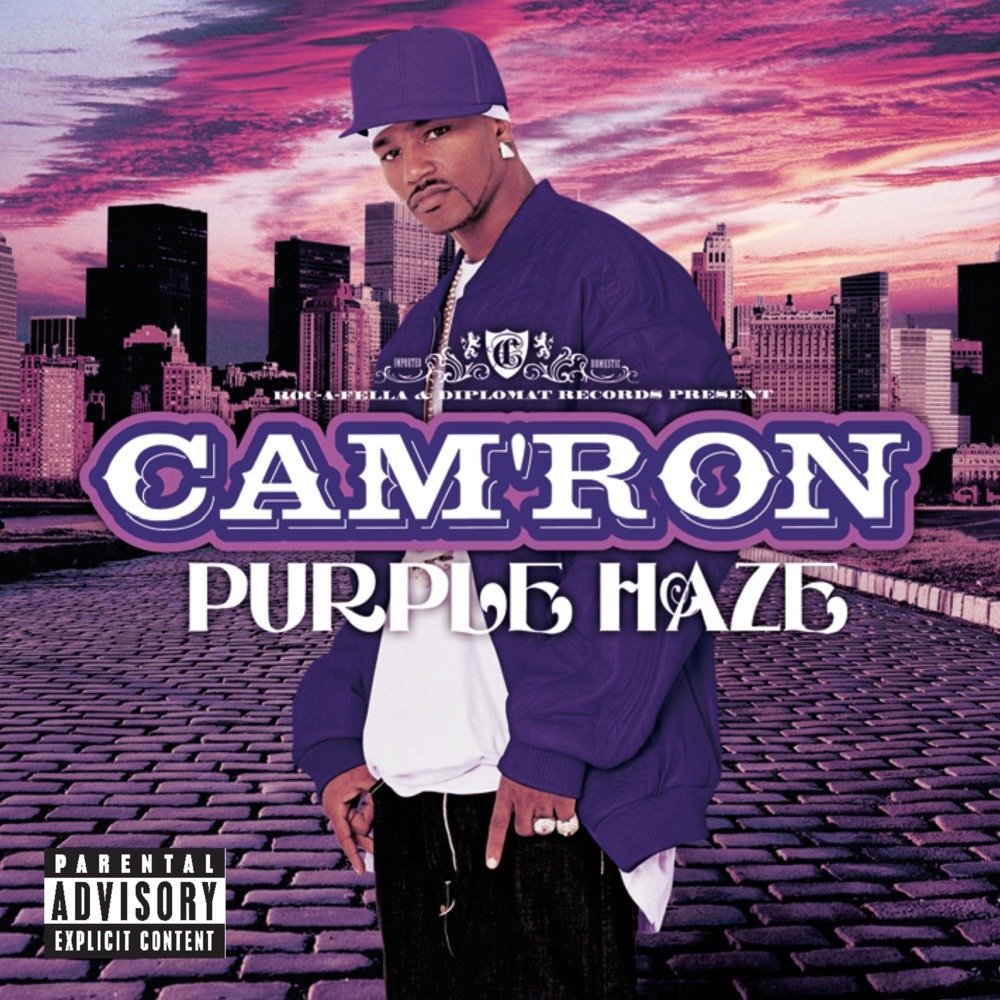
Released: December 7, 2004
Label: Diplomat, Roc-A-Fella, Def Jam
Singles: “Get Em Girls”, “Lord You Know”, “Shake”, “Hey Lady”, “Girls”, “Down and Out” • Features: Juelz Santana, Kanye West, Syleena Johnson, Mona Lisa, Jaheim, Jim Jones, Nicole Wray, Twista, Psycho Drama, Freekey Zekey, J.R. Writer, Un Kasa
Ah, Purple Haze. A title that, for many hip-hop heads, evokes a particular kind of nostalgia. Released in 2004, this magnum opus from Cam’ron wasn’t just an album — it was a cultural event, a statement, a moment in time. Every so often, an artist releases a project that perfectly captures their essence, and for Cam, Purple Haze was precisely that. Drenched in Harlem’s swagger, the album is a glorious mixture of flamboyant rhymes, vivid street tales, and soulful samples. Tracks like “Down and Out” and “Get ‘Em Girls” exemplified Cam’s penchant for crafting bangers that resonated in both the streets and the clubs. Then there’s the introspective “Soap Opera,” where Cam’s storytelling prowess shined, offering listeners a glimpse into his personal tribulations. Lyrically, Purple Haze found Cam’ron at his peak, displaying a blend of wit, charisma, and rawness that only he could masterfully convey. The Dipset influence was palpable, with memorable features and the unmistakable sonic signature of the Harlem collective permeating the project. Arguably the crown jewel of his discography, Purple Haze represents everything the rap game cherishes about Cam: the braggadocio, the humor, the unapologetic Harlem attitude, and above all, the undeniable talent. It’s not just Cam’ron’s best; for many, it’s one of the defining albums of 2000s hip-hop.
